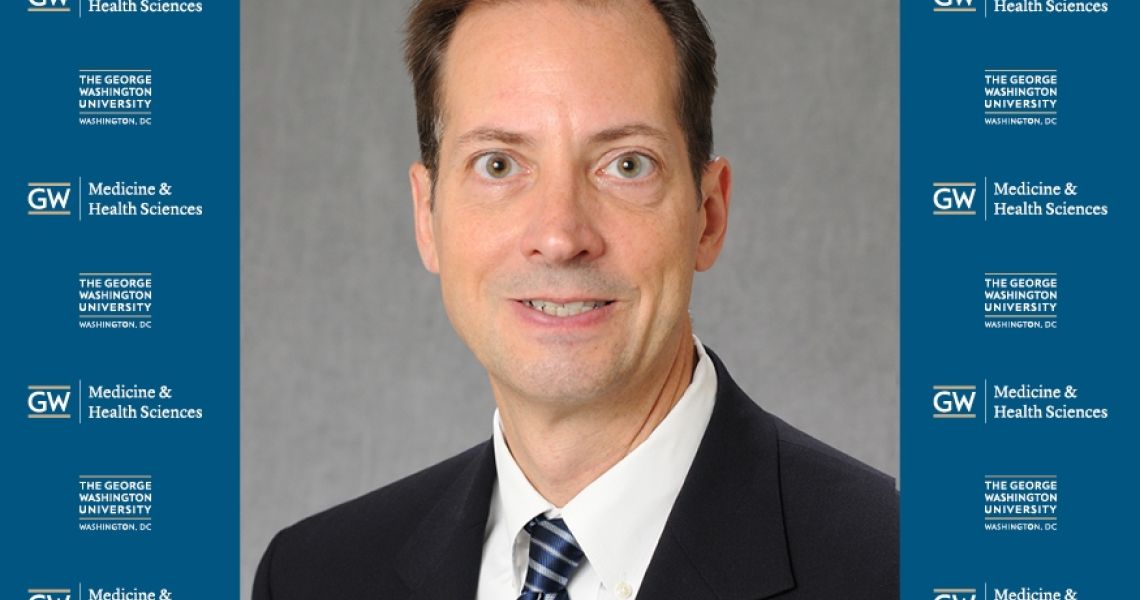Every year, physical therapists from across the country look forward to the annual American Physical Therapy Association (APTA) Combined Section Meeting (CSM). This year, due to pandemic restrictions, the conference was held virtually with live and prerecorded material. Although the platform was different, David Scalzitti, PhD, PT, associate professor in the George Washington (GW) School of Medicine and Health Sciences (SMHS) Department of Health, Human Function, and Rehabilitation Sciences, still organized and led the annual Research Symposium, a highlight of the event for almost a decade.
Scalzitti first helped develop and organize the Research Symposium in 2012, when Scalzitti served as Associate Director in the Research Department at the APTA. “The goal of the symposium was to create the opportunity for dialogue between the attendees of CSM and different funding agencies” shared Scalzitti.
Since its inception, the symposium has featured a host of panelists from organizations such as the U.S. Department of Veteran Affairs, National Institute on Disability Independent Living and Rehabilitation Research, Agency for Healthcare Research and Quality, Patient Centered Outcomes Research Institute, and the Foundation for Physical Therapy Research. Two years ago, the event evolved to include a panel of physical therapy researchers. The goal was to highlight the role of mentorship in research careers.
“This panel of researchers complemented our original panel of funding agencies by presenting multiple perspectives on how to be successful in applying for research funding” stated Scalzitti.
Scalzitti added that his main roles for the symposium are submitting the session for approval, recruitting the panelists, and leading the main panel discussion. This year the symposium was divided into two lectures. The first lecture focused on the various opportunities in research funding, and the second highlighted the topic of mentorship relationships within the field of research, including strategies to identify mentorship opportunities and methods to improve existing relationships.
According to Scalzitti, the symposium reaches physical therapists at various stages of their research career including physical therapy faculty, doctor of philosophy students, and aspiring physical therapy students considering a path in research.
“The biggest take away for the participants is learning about all the opportunities that exist for funding, as well as the importance of dialogue between researchers and funding agencies and research mentors,” he said. “I have learned something new every year I’ve moderated it.”
